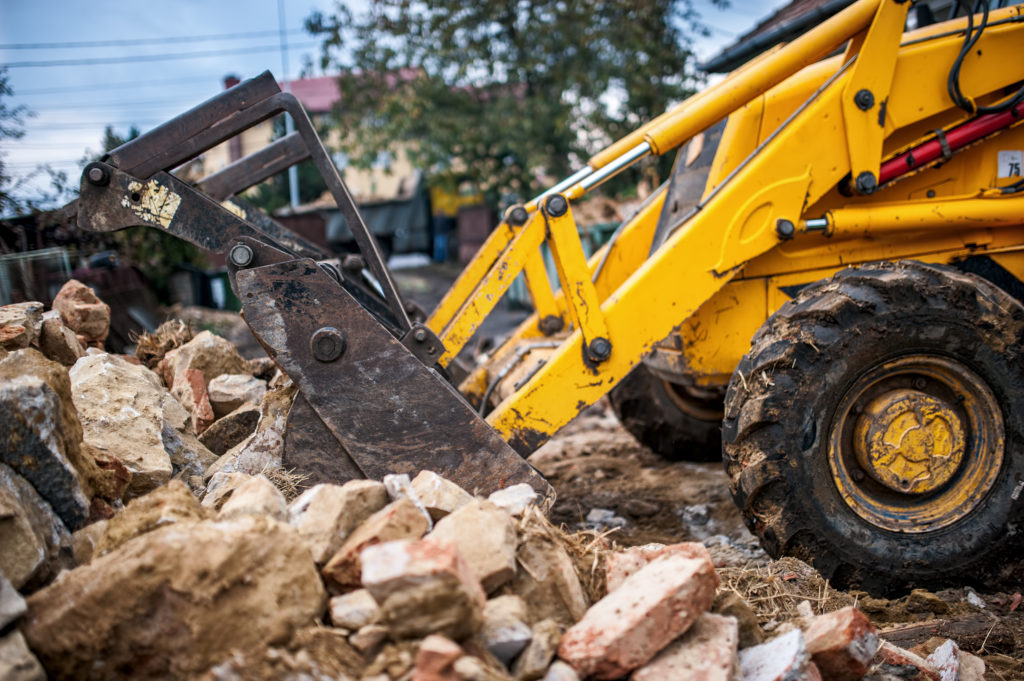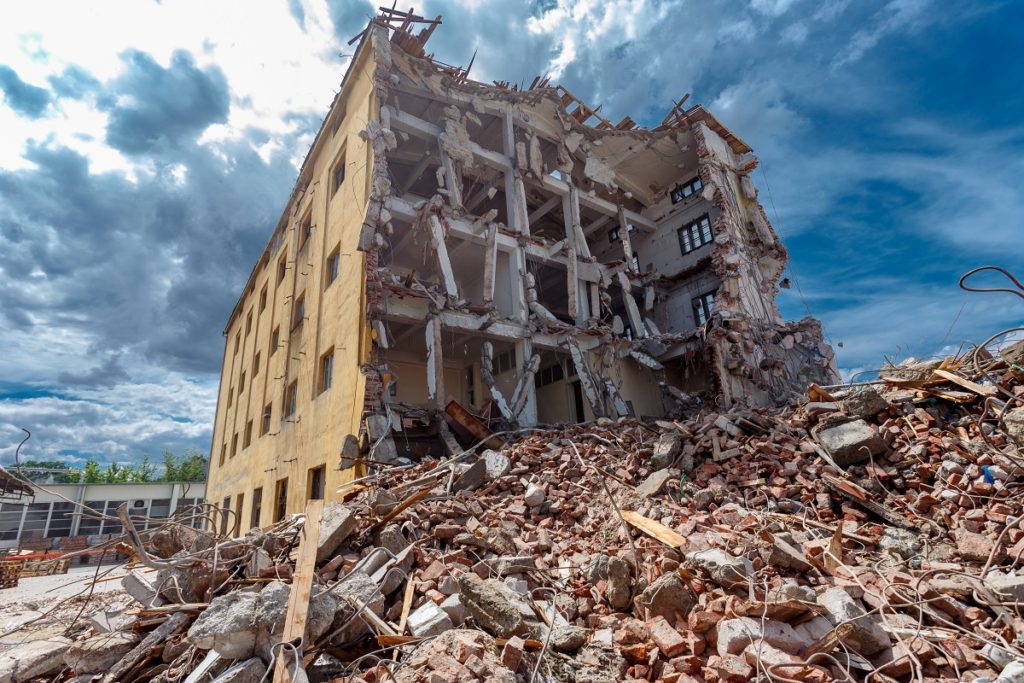How do demolition works affect the environment? To get a good answer to this question, you need to analyse every instance separately, as contractors have different commitment levels to environmental consciousness. Demolishing a structure is a simple process, but doing so responsibly takes effort. The bottom line is that demolition can have an adverse or minimal effect on the environment depending on how the people involved handle it.
Environmental Effects
The composition of demolition waste is the main concern for demolition waste removal service providers and other concerned parties everywhere. Its three distinct classes can be identified as hazardous waste, non-hazardous waste, and inert waste. These can also be referred to as Class 1, Class 2, and Class 3 waste, respectively.
Hazardous waste and inert waste pose the most serious threat to the environment and human life. Inert waste does not even undergo any modification chemically, biologically, or physically, so it can cause a serious pollution risk.
Demolition Waste in Landfills
A large percentage of waste found in landfills comes from demolitions. This isn’t good news because the growth of landfills could mean a higher generation of toxic gases, including methane gas. Some landfills are turning this challenge to their advantage by producing electricity from methane. However, a number of demolition waste still needs to be diverted elsewhere because the landfills are overwhelmed.
Some of the leading removal companies crush and sort materials to identify the recyclable and reusable ones. As for the process of demolition, there are ways to minimise pollution as suggested in the following points.
Dust Control
The amount of this waste produced during demolition depends on the demolition method and the size of the structure. Some of the best ways to manage the process are:
- Application of the best demolition technology
- Covering and sprinkling stockpiles and materials
- Spraying the site to minimise dust
- Installing safety measures
Vibration and Noise Control
Environmental consciousness is not restricted to the visible nuisance, but also the effect of bulldozers and other machines in the environment. Some measures to take care of this include:
- Carrying out demolition works during the stipulated time
- Minimising noise and vibration as much as possible
- Scheduling these operations concurrently to prevent continuous nuisance
Solid Waste Handling
 The amount of solid waste coming from a demolition can be overwhelming. The necessary measures must be applied with the help of waste removal services to mitigate environmental nuisance. Here are some examples:
The amount of solid waste coming from a demolition can be overwhelming. The necessary measures must be applied with the help of waste removal services to mitigate environmental nuisance. Here are some examples:
- Reuse bricks and concrete or send them to the stone crushing plant
- Avoid dumping waste in sensitive areas, such as canals and drains
- Take precautions to prevent eyesore created by demolition debris
- Collect all recyclable debris — plastics, metals, iron bars, etc.
- Consider recycling building components — iron sheets, doors, windows
Hazardous Waste Control
For older structures, some of the generated debris may contain asbestos and other toxic substances. Proper disposal is required and there are guidelines for such:
- Demolish buildings containing asbestos in accordance to laid down procedures
- Store asbestos debris in sealed and marked sacks
- Dispose of asbestos debris in established facilities
- Dispose of all hazardous waste in line with the Hazardous Waste (Regulation of Exports and Imports) Act
Construction and demolition processes produce substantial waste, so it is essential to establish ways to handle them in an environmentally friendly manner. The guidelines given here may seem tedious, but they go a long way in sustaining the valuable state of Mother Nature.

